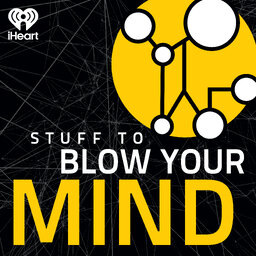Smart Talks with IBM: An AI advantage for the US Open
As AI technology progresses, its impact on our daily lives—including how we consume our favorite sports— will grow alongside it. In this episode of Smart Talks with IBM, Jacob Goldstein, host of Pushkin’s own What’s Your Problem?, sat down with Brian Ryerson, Senior Director of Digital Strategy at the US Tennis Association. They discuss the impact of data on the fan experience, the role that storytelling plays in sports, and how AI has unlocked innovative features, such as AI Commentary and Match Reports.
This is a paid advertisement from IBM. The conversations on this podcast don't necessarily represent IBM's positions, strategies or opinions.
Visit us at https://ibm.com/smarttalks
 Stuff To Blow Your Mind
Stuff To Blow Your Mind


